Every year, around the world, we celebrate the African diaspora for an entire month. These celebrations are not only about the people of African descent, they celebrate the culture, ways of life and most importantly the history shared amongst Black men and women.
Black History Month began in the United States when historian Carter G. Woodson and Minister Jesse E. Moorland founded the Association for the Study of Negro Life and History (ASNLH). The ASNLH dedicated itself to research and promotion of achievements by Black Americans and peoples of African.
Over the years, schools communities and major cities enacted Negro History Week. Aided by the Civil Rights Movement in the United States during the late 1960s, Negro History Week transformed into Black History Month. In 1976 it became nationally recognized by President Gerald Ford.
In Canada, Black History Month followed in the footsteps of their southern neighbours. Historians argue that sleeping car porters–railway workers who attended to the needs of passengers on sleeper trains to and from the United States and Canada–learnt of Black History Week. In 1978, the Ontario Black History Society (OBHS) was established and in 1988 Black History Month was first observed in Nova Scotia.
In honour of Black History Month, the Charlatan has gone through it archives in order to shed light on the past and highlight prominent Black men and women in our past coverage.
This list is not comprehensive due to the sheer volume of prominent Black men and women whom we have covered. Our archives are always available in 531 University Centre for further inspection.
The Carleton 1949-50
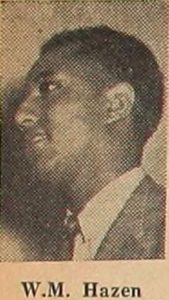
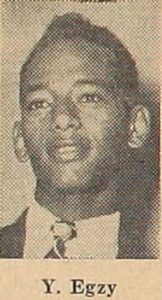
Students from Abroad: the Carleton Newspaper writer Joan Baxter writes a piece on students who have come to Canada from places such as Ethiopia, Poland, Peru and Hungary. This photograph is of Woobishet Marzie Hazen, nicknamed by his peers as “Woobie”. Baxter writes Hazen was “getting accustomed to us but not our weather.” The second photograph is of Yohannes Egzy, who is also from Ethiopia. Egzy–also from Ethiopia, talks to Baxter about the lack of education during Italian occupation of Ethiopia, from 1936 to 1941.
The Carleton 1955 – 1956:

Mr. Oki Comes to Carleton: Josiah Oki from Nigeria was the first international student to be brought over to Carleton University under the WUSC Program, formally known as WUS Committee. In the photo, Oki shakes hands with Dean Gibson and is pictured with Dr. Macfarlane and WUSC co-chair Elaine Dawson.
The Carleton 1966-67:

Joe and Eddie at Le Hibou: Joe and Eddie were an American gospel folk group who performed as a duo while touring the United States and Canada. Over their careers they recorded eight albums. They played at Le Hibou Coffee House at 521 Sussex Drive. Joe died on Aug. 6, 1966 in a car accident while driving home in California.
The Carleton 1967-68:
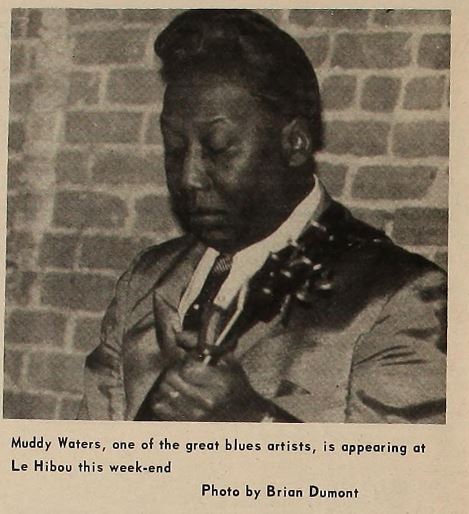
Muddy Waters doll asleep at Le Hibou: Muddy Water was an American blues singer and songwriter from Mississippi, United States. He was most notably known as the father of Chicago Blues and is a 6-time Grammy Award winner. Waters–who real name is McKinley Morganfield–performed at Le Hibou Café January 1968. [Photo by Brian Dumont]

Odetta Holmes was an American singer, actress, guitarist and civil rights activists who was often referred to as the voice of the civil rights movement. Holmes was born in Birmingham, Alabama and performed in the musical genres of folk, blues and spirituals. She performed at Le Hibou Café in September, 1968.
The Carleton 1970-71
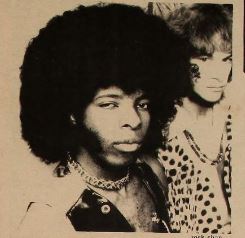
Sly and the Family Stone at the Civic Center: Sly and the Family Stone performed at the Civic Center–known today as Lansdowne and TD Place. Sly and the Family Stone were an American band, active from 1966 to 1983. The 7-member group were crucial to the development of funk, soul, rock, and psychedelic music.
The Charlatan 1975-76

Beverly Glenn Copeland at Roosters: From Sept. 11 to 13 of 1975, Beverly Glenn Copeland performed at the campus famous Roosters coffeehouse. According to writer John Bradley, when Copeland sang, he kept the audience’s attention when he sang. Copeland was born in Philadelphia. However, he spent most their life and career in Canada. Beverly, a transgender musician who incorporated jazz, classic and blues elements as well as spending twenty-five years as a child actor for the CBC show Mr. Dressup.
The Charlatan 1976-77
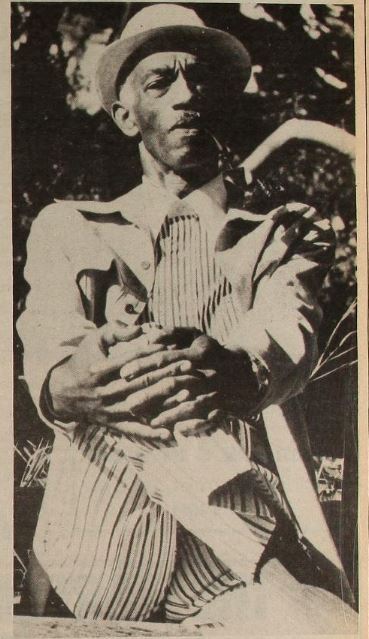
Creach breaks the barrier of the spoken word: Papa John Creach performed at the Opera Stage of the National Arts Center in downtown Ottawa. Nicknamed “fiddle man” at 59 years of age, Creach made it clear that he does not want to be labeled only as a blues artist. Not only was Creach a blues artist, but he played classical music, jazz, be-bop, pop and acid rock music.
The Charlatan 1977-78

Protestors outnumbered viewers: Anti-apartheid protestors gathered in Loeb building to protest the screening of a pro apartheid film by Political Science Forum. The film titled Black Man Alive was made by the South African government to support their policy of apartheid, and opposition to the film was headed by the two men pictured above.
The Charlatan 1982-83
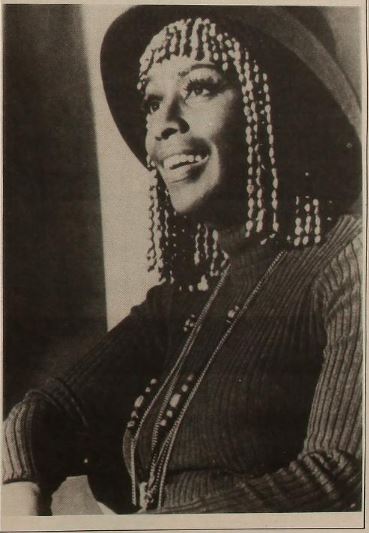
Vinie Burrows at Theater A Southam Hall: Being called a “magnificent performer” by the New York Times, “radiant performer” by the Daily News and a “beautiful Black performer” by the Black Performer, Vinie Burrows had a one woman show called “Sister Sister.” Vinie was a world-renowned performer, who was recognized for not only her performances but her work in raising the social conscious about women and oppressed peoples.
The Charlatan 1984-85
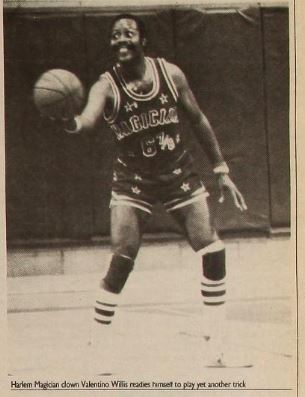
Magicians hoop tricks delight crowd: With the Ravens men’s basketball team fresh out of training camp, they faced off against the infamous Harlem Magicians–who were led by ex-Harlem Globetrotter Maruqes Haynes. The crowd, composed largely of children, numbered around 450. The Ravens fell to the Magicians 68-53. Through their history, the magicians played over 8,000 games and have touched every continent.
The Charlatan 1989-90
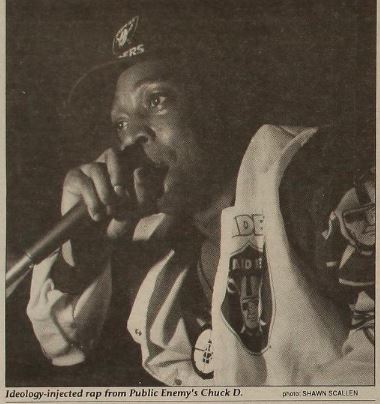
Public Enemy: Attacking the big bad monster: Performing at Ottawa’s Aaah’s Dance Club in October 1989, Public Enemy performed in order to clear up what they considered disinformation and misunderstanding about their message. Originating from Long Island, New York in 1985 Public Enemy brought a heavy political message to their music.
The Charlatan 1995
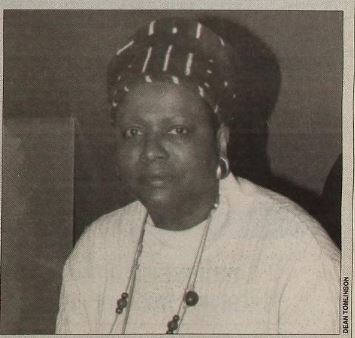
Expect respect: As part of International Women’s Week, Canadian human rights advocate Dr. Glenda Simms spoke on campus in Uni Center about the importance of women’s rights. Dr Simms was quoted as saying, “It is very important for us to come and discuss with young women the issues that affect their lives on a daily basis.”
The Charlatan 2000
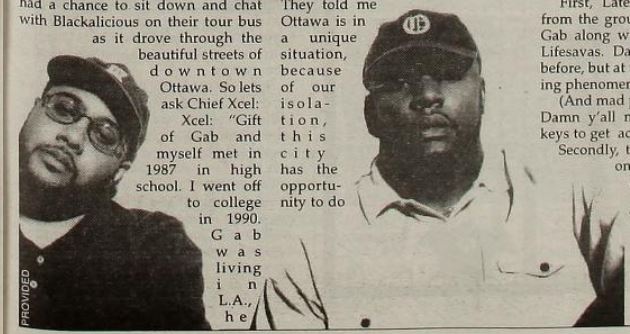
Blackalicious: They’re finger licking good! Recording their first album in 1992, Blackalicious is a Hip-Hop duo from California, United States. The duo stated that Ottawa is in a unique situation because of its isolation, and that the city has the opportunity to do something original.
The Charlatan 2004-05
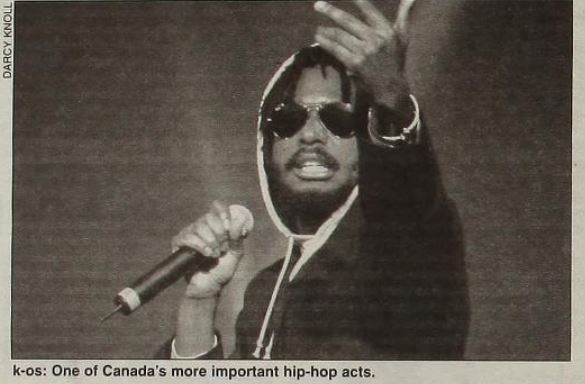
k-os wows crowd with jaw dropping sound: Part of the University of Ottawa winter challenge in 2005 Canadian artist k-os performed in 2005. K-os is a Canadian alternative rapper, singer and songwriter, who was born in Toronto, Ontario.
Feature image from File





